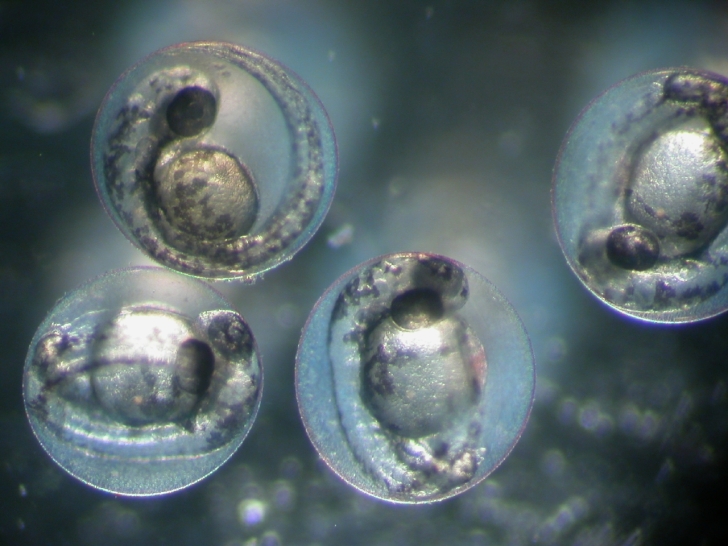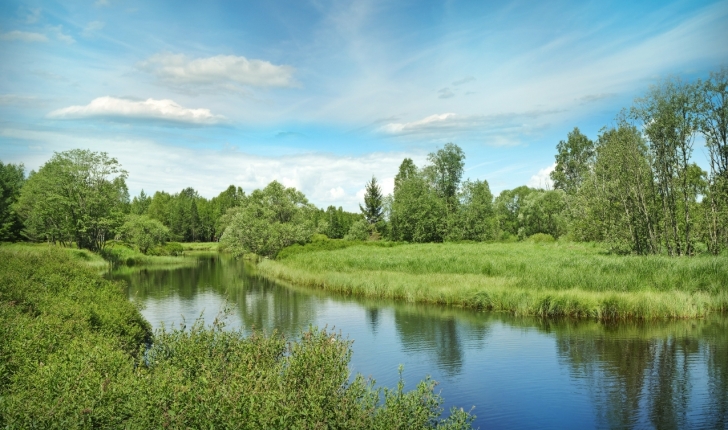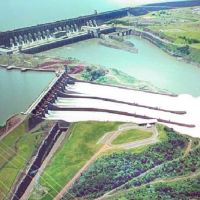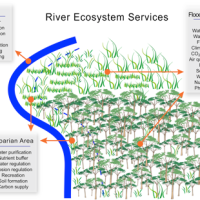Assessing and managing chemical pollution: towards the 2019 review of the European Water Framework Directive

Zebrafish embryos detecting toxicants. Image: André Künzelmann
Guest post by Werner Brack of the EU FP7 SOLUTIONS project.
Our knowledge on water quality in European rivers and lakes has strongly improved over the last decade. This has a lot to do with extensive monitoring activities under the European Water Framework Directive (WFD), which was implemented in 2000 in the European Union, and serves as an example for good water management practices beyond Europe.
Targeted conservation and restoration measures projected in River Basin Management Plans are designed to help to achieve a good chemical and ecological status in surface waters all over Europe. But despite substantial efforts in monitoring and assessment, this goal has been achieved only in a minority of river basins. In 2019, a major review of the WFD will take place, with the intention of achieving all such water management goals.
In this context, 35 experts from 29 institutions (led by the author) recently presented 10 detailed and concrete recommendations for an advancement of WFD and a more efficient monitoring and management of chemical contamination in European rivers. Working under the umbrella of the FP7 project SOLUTIONS and the European monitoring network on emerging pollutants, NORMAN, the experts recommend:
(1) improving monitoring and strengthening comprehensive prioritisation;
(2) fostering consistent assessment; and
(3) supporting solutions-oriented management.
Monitoring of chemical contamination in aquatic ecosystems so far has been done exclusively by applying chemical target analysis of a limited set of compounds listed as Europe-wide Priority or River Basin Specific Pollutants. This approach focuses on well-known legacy pollutants, and ignores the thousands of emerging pollutants in daily use. It is also rather costly and rarely provides appropriate management options. Thus, a more comprehensive monitoring and prioritisation is recommended.

Buffer strip to mitigate chemical pollution along the River Vltava in the Czech Republic. Image: UFZ
Next generation monitoring under a revised WFD should involve effect-based monitoring tools and trigger values. Effect-based tools are biotests using organisms such as algae or fish embryos, but also isolated cells engineered to detect chemicals and mixtures thereof that exhibit a specific effect. These test organisms will help us, on the one hand, to identify river stretches, which are not under toxic pressure and allow for a reduction of chemical analytical monitoring efforts. On the other hand, they indicate water resources that face a toxic risk. For them, a strategy to identify causes for effect-based trigger values to be exceeded is required and suggested by the authors.
It is also pointed out that incoherent and insufficient monitoring often leads to ignorance of relevant chemicals and peak concentrations. This may result in unrecognised risks. Thus, to foster consistent assessment the authors suggest modelling as a tool to fill gaps in monitoring data. It may also create incentives to extend the monitoring basis of chemical contamination if a compound that has not been measured is not assumed to have a concentration of zero (and thus no risk) but a concentration based on realistic modeling until the modeled value is replaced by an appropriately measured one.
There is often a mismatch between assessment outcomes and their usefulness for water management. Thus, solutions-oriented approaches should explore risk reduction scenarios already before and along with risk assessment. Today, the key question of monitoring and assessment is whether the water quality status is good or not good following the one-out-all-out principle. The authors support a more graded system rewarding improvements even if not all goals are achieved.
In a solutions-oriented approach the question on the quality status should be accompanied from the very beginning by the question on sustainable abatement options and their potential to mitigate multiple stressors, best in one measure. As an example, the installation of extended buffer strips along river banks offer protection from pesticide pollution and the input of excess nutrients.
You can read the full list of recommendations in the new paper here.














